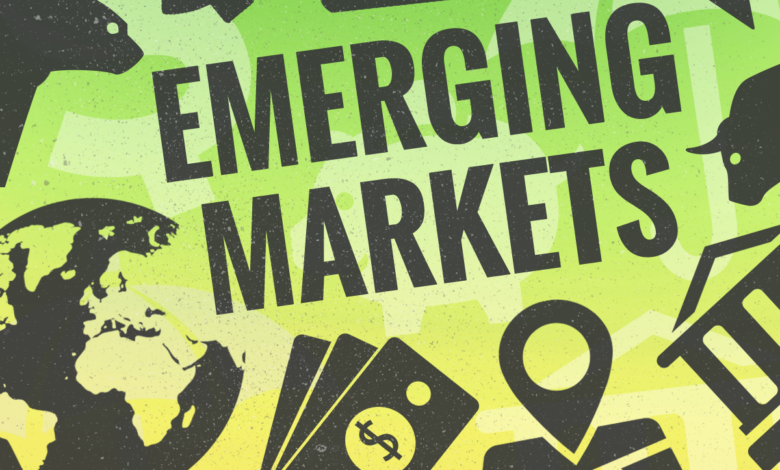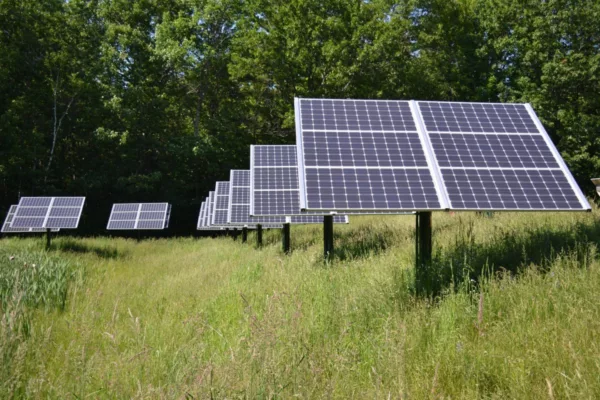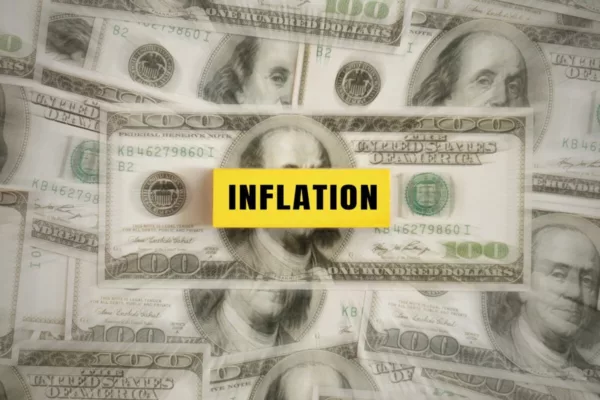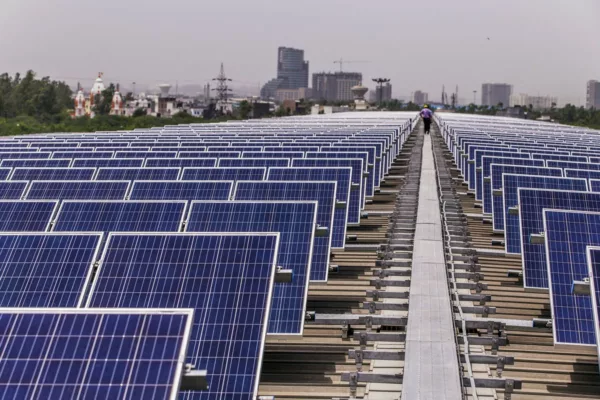Inflation, energy transition, and the growth of emerging markets: What to expect in 2023?

Inflation, energy transition, and the growth of emerging markets: What to expect in 2023?
India is significantly relying on the green transition, and the government has started several renewable energy initiatives. After nearly ten years of surprises, we’ve learned one thing: be ready for the unanticipated. We witnessed several significant developments that had an impact on the world economy.
Brexit, Trump, Covid, and the situation in Eastern Europe are just the tip of the iceberg of problems thrown at the world. It is impossible to predict what will occur throughout the upcoming year. However, it’s always wise for investors to be aware of the forthcoming hot topics so that we may make reliable investment choices this year rather than acting impulsively. These themes include, among others:
Energy transition

Energy strategy reviews have been triggered by the conflict in Eastern Europe and the rise in energy prices that has resulted from it. We can only believe that this time, even while the transformation does not occur instantly, the rate of adaptation would be quicker because it took the Western world more than a century to transition from wood to coal and the world at large more than the same amount of time to transition from coal to fossil fuels.
To attain energy security, countries all over the globe are increasingly placing a high priority on the energy transition from conventional fuels to an expanded mix of clean energy. The achievement of carbon neutrality by both developing and developed nations is the second goal of the energy transition.
This has raised interest in the industry on a global scale. India mainly relies on the green transition at home, and the government has started several renewable energy initiatives. In the Union Budget 2023, the government committed to investing Rs 35,000 crore in green energy infrastructure, including an investment of Rs 19,000 crore for the Green Hydrogen Mission. This, along with the strong domestic demand for electricity, has given India’s energy revolution more speed.
Interest rate cycles and inflation

There was lower inflation due to the growth of quantitative easing following the global financial crisis of 2007–2008. What has changed since the last time? Yes, the fact that the United States and its allies have pumped a substantial amount of money into the system is a major contributing factor.
The execution of major fiscal programmes, notably India’s Gati Shakti and National Infrastructure programmes, which have a total budget of more than USD 2.5 billion, were combined. All major asset classes, including gold, saw a negative return due to rising inflation, monetary tightening, growth concerns, the withdrawal of stimulus, and geopolitical developments.
Indian Equities outperformed nearly all significant global indices. The flagship stock index for India, Nifty, posted a tiny increase of about +4.3 per cent in 2022, breaking the previous mark of seven consecutive years of positive returns (CY16–22). It seems inevitable that China would use infrastructure plans to jumpstart the economy now that it is opening up.
Even though the rate-hike cycle appears to end, this enormous number may indicate otherwise. However, inflation will always be an issue and will never disappear entirely. Production may be relocated to nations with higher cost structures due to the China + 1 impact on supply chain procedures to expand its degree of variety.
Value investment and emerging markets growth

We can only anticipate that this time, even though the transformation does not occur instantly, the rate of adaptability would be faster because it needed the Western world more than a century to transition from wood to coal and the world at large more than the same amount of time to transition from coal to fossil fuels.
One strategy to withstand any storm that comes our way is to invest in stocks with fair market values that aren’t overvalued. There is cause to think they won’t fall substantially if they don’t increase exponentially.
Emerging markets are now in better condition. Some countries, like India, have a majority-led government that can enact pro-business laws and move things forward. The China+1 tailwind is helping many people, especially in the manufacturing industry.
Additionally, digitalization has enhanced productivity in several nations. Governments and businesses have survived worse storms in the past. We have shown that stable governments kept their monetary policies in check during the Covid era. Inflation is a problem that businesses in emerging markets are accustomed to managing.
India is in a better situation even though other nations may be forced to restrict their budgets due to concerns about a decline in global markets. The global economy faced challenges in 2022 due to slower growth, higher inflation, and higher interest rates, but India’s economy remained resilient, and its development was proceeding apace.
India’s recovery from Covid partially relied on fiscal and monetary expansion, in contrast to other developed economies. Structure-based interventions like “Aatmanirbhar Bharat” and the National Infrastructure Pipeline drove the recovery. Indian exports increased to $ 440 billion in 2022 because of successful Free Trade Agreements (FTAs) and global value chain integration.
Significant high-frequency indicators with robust strength included GST collection, power demand, railroad tonnage, domestic air passenger traffic, and passenger vehicle sales. Credit from Indian banks increased 14.9 per cent YoY and continued to be a key driver of long-term economic growth.
The waves may become rough for a while, there may be a slowdown, and occasionally the headlines and the “experts” may sow seeds of doubt. But it could be beneficial to have an optimistic attitude and concentrate on the significant issues. The globe has experienced a lot in recent years, yet we are still here, and we should keep doing so no matter what is thrown our way. India continued to make significant economic strides during a turbulent year for the world economy, surpassing the UK to become the fifth-largest economy in 2022.
edited and proofread by nikita sharma




